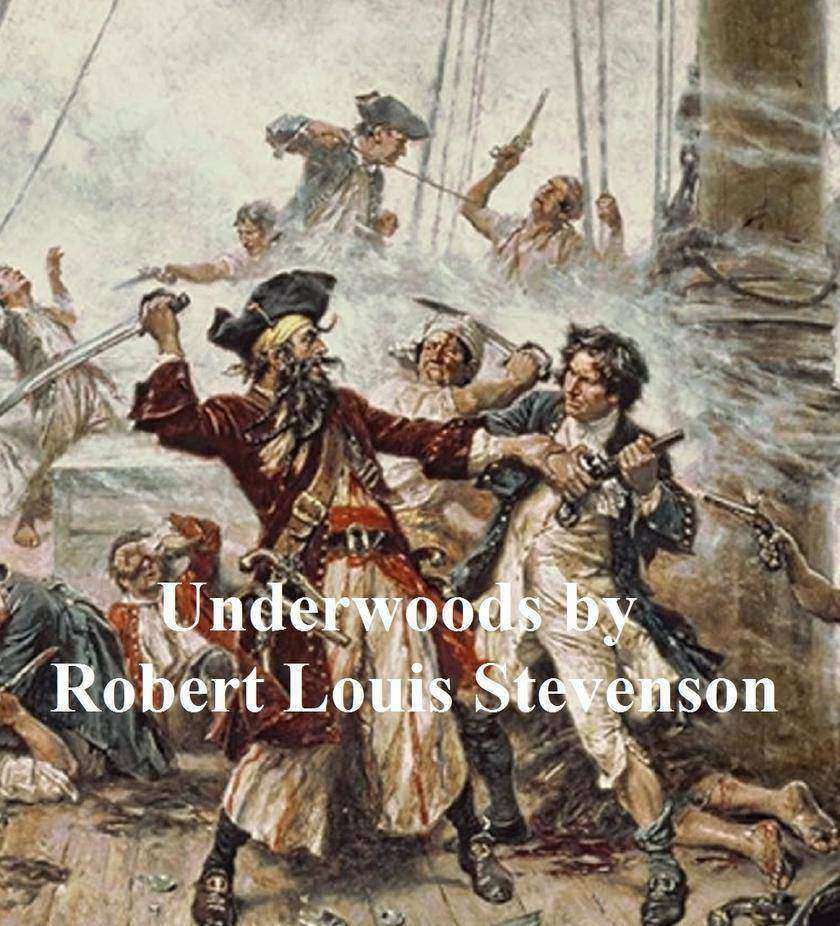
Underwoods
¥8.09
Poetry. According to Wikipedia: "Robert Louis (Balfour) Stevenson ( 1850 - 1894), was a Scottish novelist, poet, and travel writer, and a leading representative of Neo-romanticism in English literature. He was the man who "seemed to pick the right word up on the point of his pen, like a man playing spillikins", as G. K. Chesterton put it. He was also greatly admired by many authors, including Jorge Luis Borges, Ernest Hemingway, Rudyard Kipling, Vladimir Nabokov, and J. M. Barrie. Most modernist writers dismissed him, however, because he was popular and did not write within their definition of modernism. It is only recently that critics have begun to look beyond Stevenson's popularity and allow him a place in the canon."

Homer's Odyssey
¥8.09
Prose translation. According to Wikipedia: "Homer is a legendary ancient Greek epic poet, traditionally said to be the author of the epic poems the Iliad and the Odyssey. The ancient Greeks generally believed that Homer was a historical individual, but modern scholars are skeptical: no reliable biographical information has been handed down from classical antiquity, and the poems themselves manifestly represent the culmination of many centuries of oral story-telling and a well-developed "formulaic" system of poetic composition."
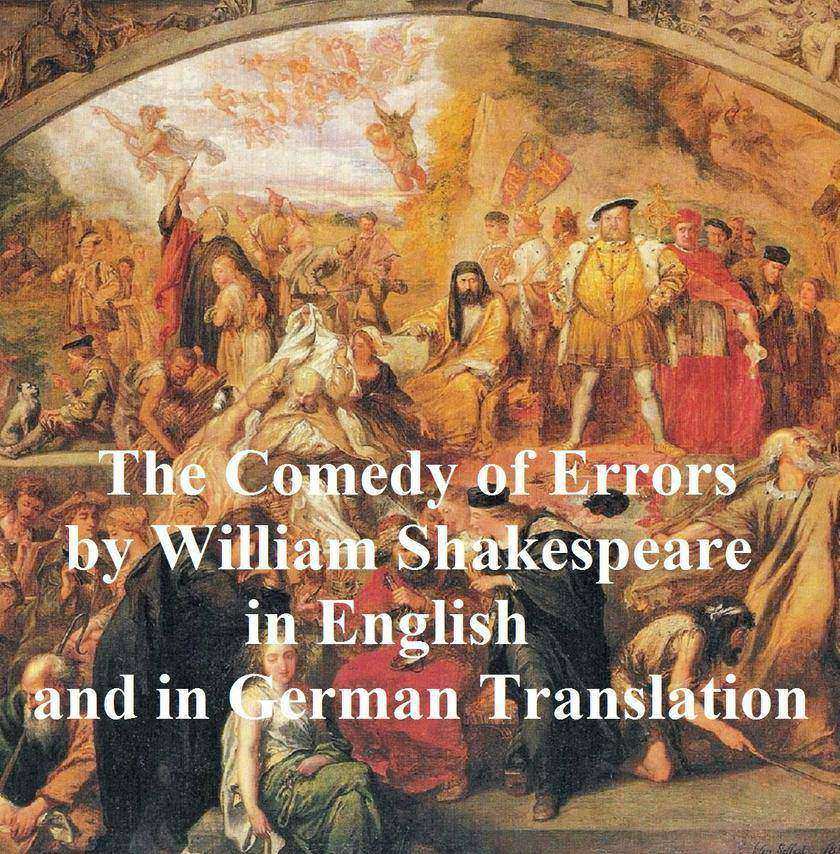
The Comedy of Errors/ Die Irrungen: Bilingual edition
¥8.09
Bilingual, English and German. Shakespeare comedy in English with line numbers and translated to German. According to Wikipedia: "The Comedy of Errors is one of William Shakespeare's earliest plays. It is his shortest and one of his most farcical comedies, with a major part of the humour coming from slapstick and mistaken identity, in addition to puns and word play." Zweisprachig, Englisch und Deutsch. Shakespeare-Kom?die in Englisch mit Zeilennummern und ins Deutsche übersetzt. Laut Wikipedia: "The Comedy of Errors ist eines der frühesten Stücke William Shakespeares. Es ist seine kürzeste und eine seiner absurdesten Kom?dien, wobei ein Gro?teil des Humors aus Slapstick und falscher Identit?t stammt, zus?tzlich zu Wortspielen und Wortspielen
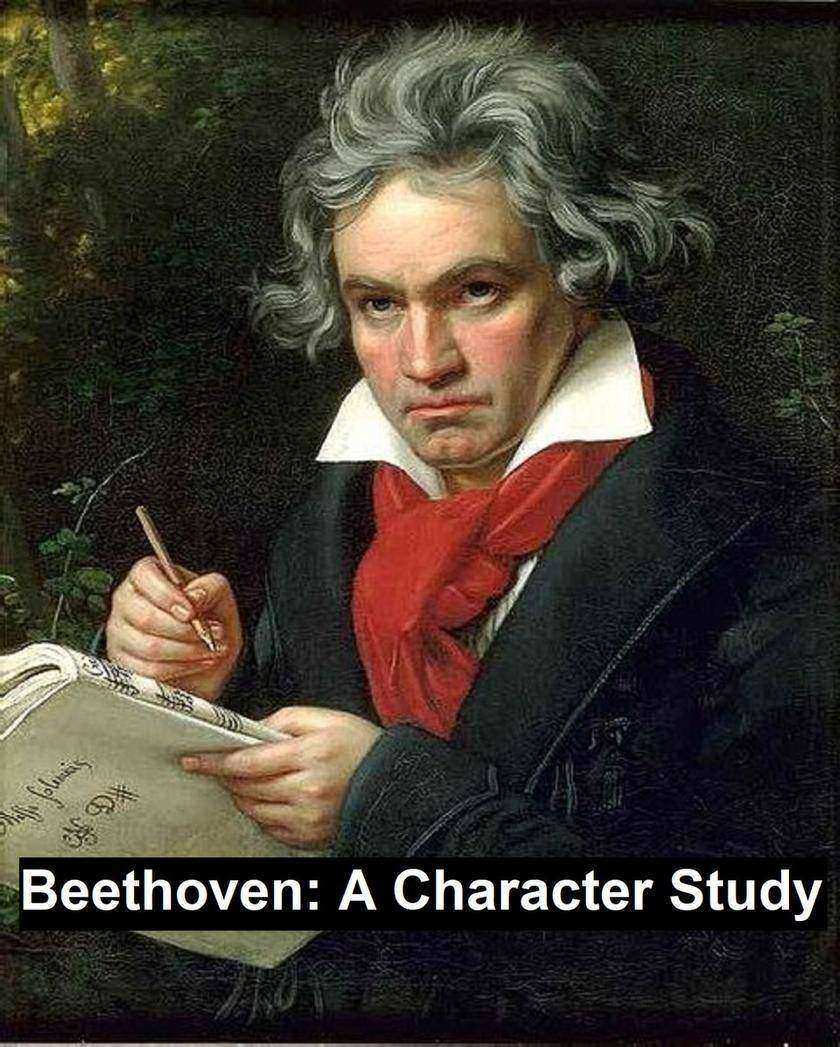
Beethoven: a Character Study
¥8.09
First published in 1905, the book begins: "As life broadens with advancing culture, and people are able to appropriate to themselves more of the various forms of art, the artist himself attains to greater power, his abilities increase in direct ratio with the progress in culture made by the people and their ability to comprehend him. When one side or phase of an art comes to be received, new and more difficult problems are invariably presented, the elucidation of which can only be effected by a higher development of the faculties. There is never an approach to equilibrium between the artist and his public. As it advances in knowledge of his art, he maintains the want of balance, the disproportion that always exists between the genius and the ordinary man, by rising ever to greater heights. If Bach is the mathematician of music, as has been asserted, Beethoven is its philosopher. In his work the philosophic spirit comes to the fore. To the genius of the musician is added in Beethoven a wide mental grasp, an altruistic spirit, that seeks to help humanity on the upward path. He addresses the intellect of mankind." According to Wikipedia: "Ludwig van Beethoven (16 December 1770 - 26 March 1827) was a German composer and pianist. He was a crucial figure in the transitional period between the Classical and Romantic eras in Western classical music, and remains one of the most acclaimed and influential composers of all time."
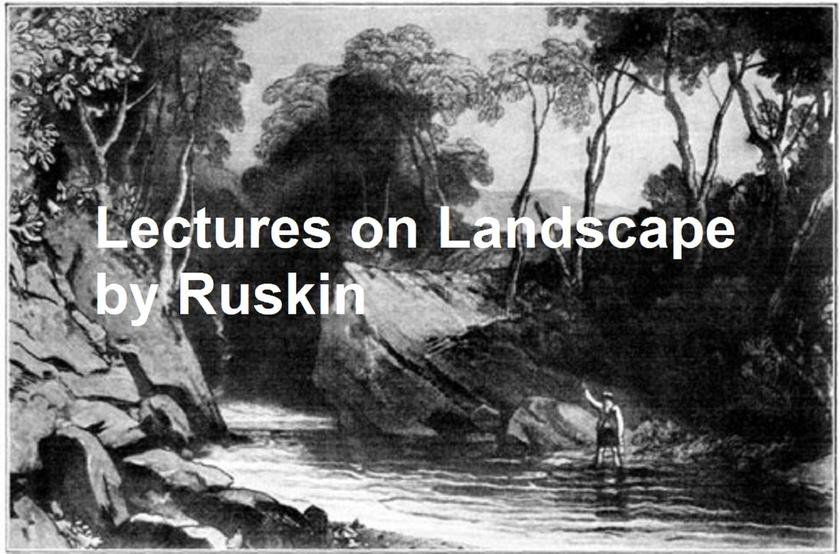
Lectures on Landscape
¥8.09
According to Wikipedia: "John Ruskin (8 February 1819 – 20 January 1900) is best known for his work as an art critic, stage writer, and social critic, but is remembered as an author, poet and artist as well. Ruskin's essays on art and architecture were extremely influential in the Victorian and Edwardian eras."
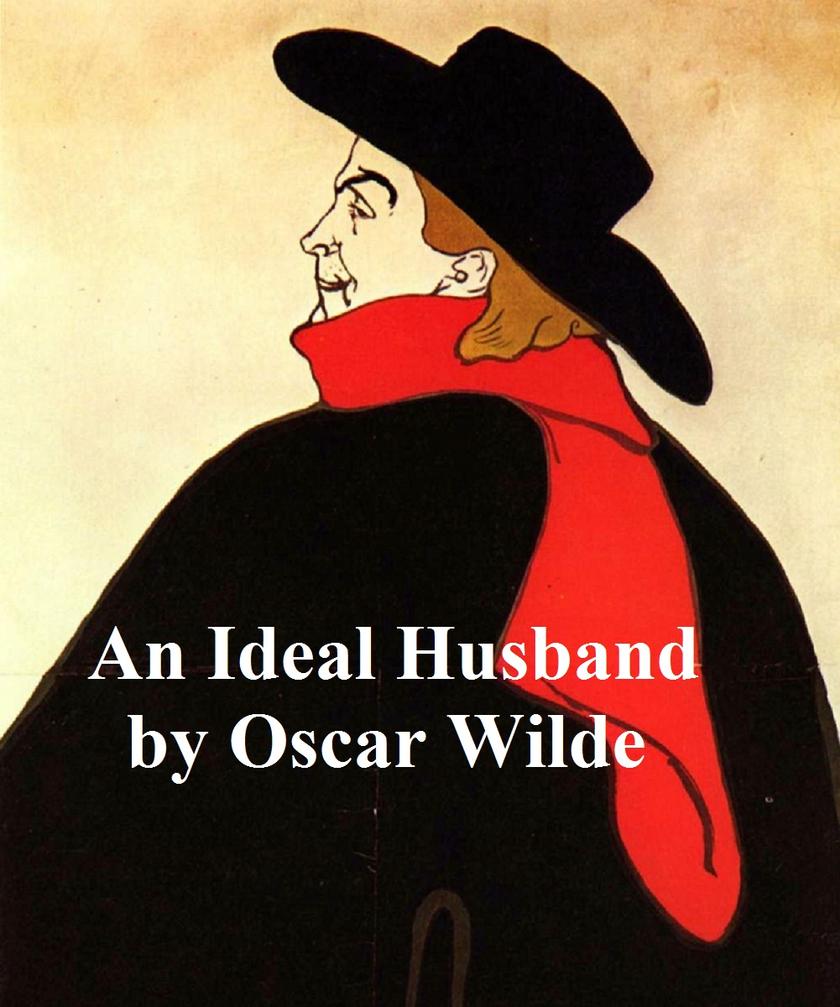
An Ideal Husband
¥8.09
Classic play. According to Wikipedia: "An Ideal Husband is an 1895 comedic stage play by Oscar Wilde which revolves around blackmail and political corruption, and touches on the themes of public and private honour. The action is set in London, in "the present", and takes place over the course of twenty-four hours. "Sooner or later," Wilde notes, "we shall all have to pay for what we do." But he adds that, "No one should be entirely judged by their past." Together with The Importance of Being Earnest, it is often considered Wilde's dramatic masterpiece. After Earnest it is his most popularly produced play... Oscar Fingal O'Flahertie Wills Wilde (1854 - 1900) was an Irish playwright, novelist, poet, and author of short stories. Known for his barbed wit, he was one of the most successful playwrights of late Victorian London, and one of the greatest celebrities of his day. As the result of a famous trial, he suffered a dramatic downfall and was imprisoned for two years of hard labour after being convicted of the offence of 'gross indecency.'"
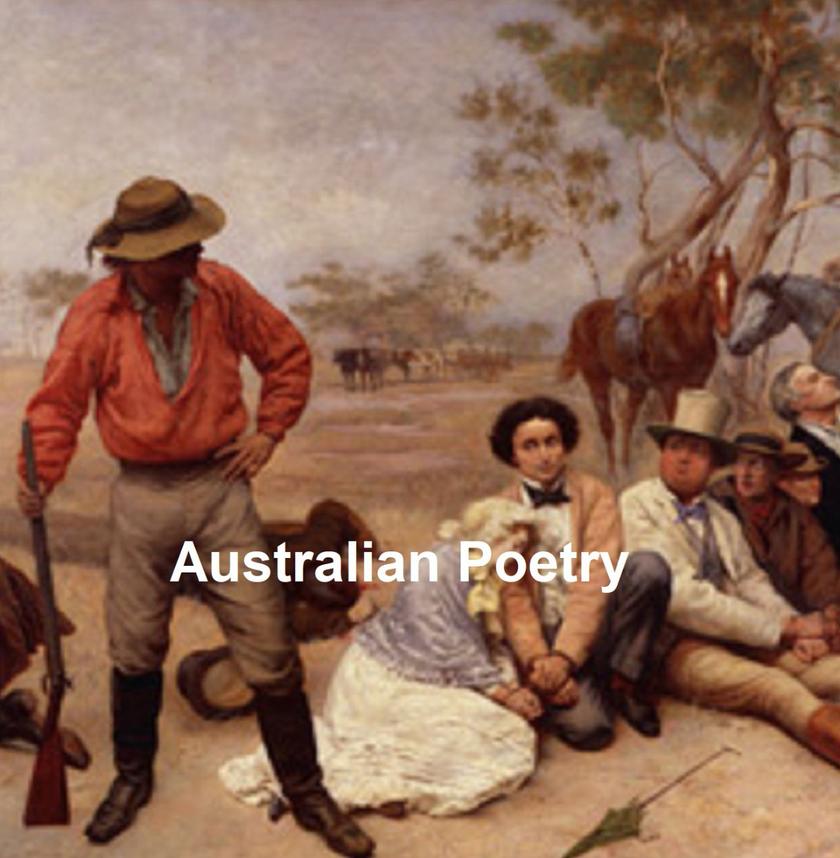
Australian Poetry
¥8.09
This file includes The Man from Snowy River and Other Verses, Saltbush Bill, J. P. and Other Verses, Rio rade's Last Race and other Verses all by Banjo Paterson, The Old Bush Songs edited by Banjo Paterson, In the Cays When the World Was Wide and Other Verses by Henry Lawson, and The Songs of a Sentimental Bloke, Digger Smith, and The Glugs of Gosh by C. J. Dennis.

All's Well That Ends Well, with line numbers
¥8.09
The classic comedy. According to Wikipedia: "All's Well That Ends Well is a play by William Shakespeare. It was probably written between 1601 and 1608, and it was first published in the First Folio in 1623. Though originally the play was classified as a comedy, the play is now often considered one of his problem plays.[citation needed] These plays of Shakespeare's are so named because they cannot be neatly classified as tragedy or comedy."

Boris Godunov
¥8.09
The classic Russian play, in verse translation. According to Wikipedia: "Alexander Sergeyevich Pushkin (1799 - 1837) was a Russian Romantic author who is considered to be the greatest Russian poet and the founder of modern Russian literature. Pushkin pioneered the use of vernacular speech in his poems and plays, creating a style of storytelling, mixing drama, romance, and satire, associated with Russian literature ever since and greatly influencing later Russian writers."
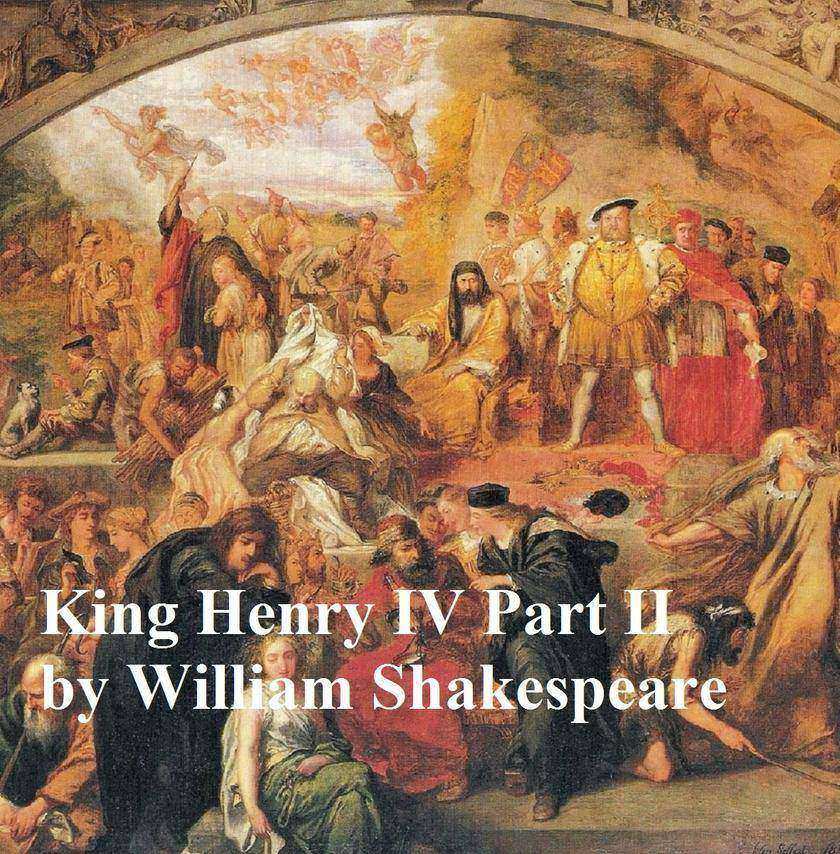
Henry VI Part 2, with line numbers
¥8.09
The classic Shakespeare history play, with line numbers. According to Wikipedia: "William Shakespeare (baptised 26 April 1564 – died 23 April 1616) was an English poet and playwright, widely regarded as the greatest writer in the English language and the world's pre-eminent dramatist. He is often called England's national poet and the "Bard of Avon" (or simply "The Bard"). His surviving works consist of 38 plays, 154 sonnets, two long narrative poems, and several other poems. His plays have been translated into every major living language, and are performed more often than those of any other playwright."

The Complete Works of Robert Burns: Containing His Poems, Songs, and Corresponde
¥8.09
Edition of 1855. According to Wikipedia: "Robert Burns (25 January 1759 - 21 July 1796) (also known as Rabbie Burns, Scotland's favourite son, the Ploughman Poet, the Bard of Ayrshire and in Scotland as simply The Bard) was a poet and a lyricist. He is widely regarded as the national poet of Scotland, and is celebrated worldwide. He is the best-known of the poets who have written in the Scots language, although much of his writing is also in English and a 'light' Scots dialect, accessible to an audience beyond Scotland. He also wrote in standard English, and in these pieces, his political or civil commentary is often at its most blunt. He is regarded as a pioneer of the Romantic movement..."
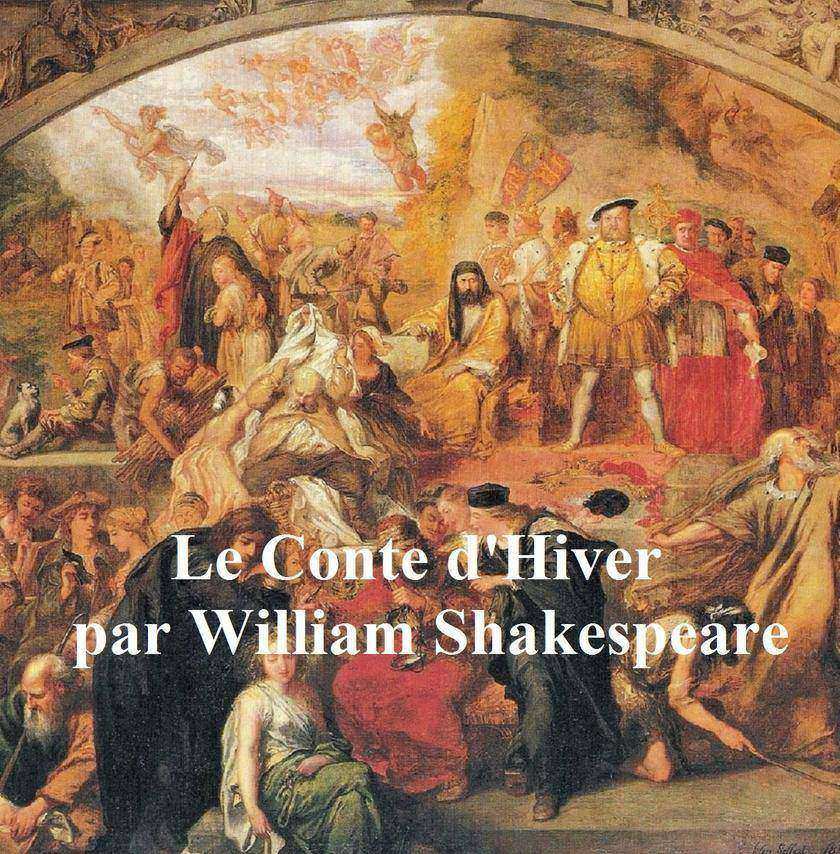
Shakespeare's Winter's Tale in French
¥8.09
Le conte d'hiver de Shakespeare en traduction fran?aise. "Selon Wikipedia:" The Winter's Tale est une pièce de William Shakespeare, initialement publié dans le premier folio de 1623. Bien qu'il ait été regroupé parmi les comédies, certains éditeurs modernes ont ré-étiqueté la pièce comme une des dernières romances de Shakespeare. Certains critiques, parmi lesquels W. W. Lawrence, considèrent que c'est un des ?problèmes de jeu? de Shakespeare, parce que les trois premiers actes sont remplis de drame psychologique intense, tandis que les deux derniers actes sont comiques et fournissent une fin heureuse.
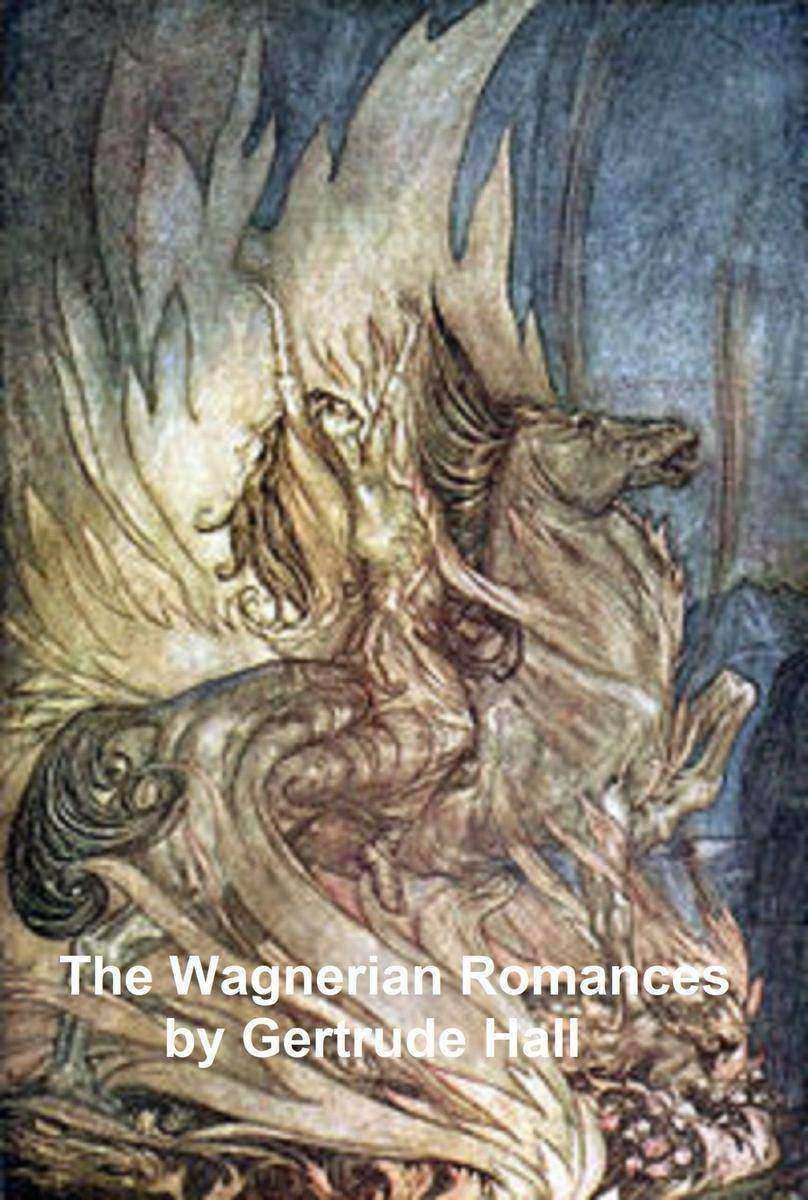
The Wagnerian Romances
¥8.09
Chapters cover: PARSIFAL, THE RHINE-GOLD, THE VALKYRIE (DIE WALK?RE), SIEGFRIED, THE TWILIGHT OF THE GODS (DIE G?TTERD?MMERUNG), THE MASTER-SINGERS OF NUREMBERG, TRISTAN AND ISOLDE, LOHENGRIN, TANNH?USER, and THE FLYING DUTCHMAN. According to Wikipedia: "Wilhelm Richard Wagner (22 May 1813, Leipzig, Germany – 13 February 1883, Venice, Italy) was a German composer, conductor, theatre director and essayist, primarily known for his operas (or "music dramas", as they were later called). Unlike most other great opera composers, Wagner wrote both the scenario and libretto for his works."

Emily Dickinson
¥8.09
All three series. This edition is based on on the first published collection, edited by Mabel Loomis Todd and T.W. Higginson, which was released in three "series", the first of which appeared in 1890. According to Wikipedia, Mabel Loomis Todd "became friends with the Dickinsons, and though she never met Emily Dickinson in person, the two women exchanged letters. After Emily's death in 1886, hundreds of her unpublished poems were discovered. In 1888, Emily's sister Lavinia asked Todd to copy and organize the poems, which were to be sent to the publisher Thomas Wentworth Higginson. The first volume of Poems by Emily Dickinson was published in 1890. This version included many alterations by Todd. In 1896, Todd and the Dickinson family had a falling-out over a legal battle regarding property owned by Austin Dickinson. As a result, Emily Dickinson's manuscripts were split between the two families. In 1945, Todd's daughter Millicent published some of the poems from Todd's portion of the manuscripts."
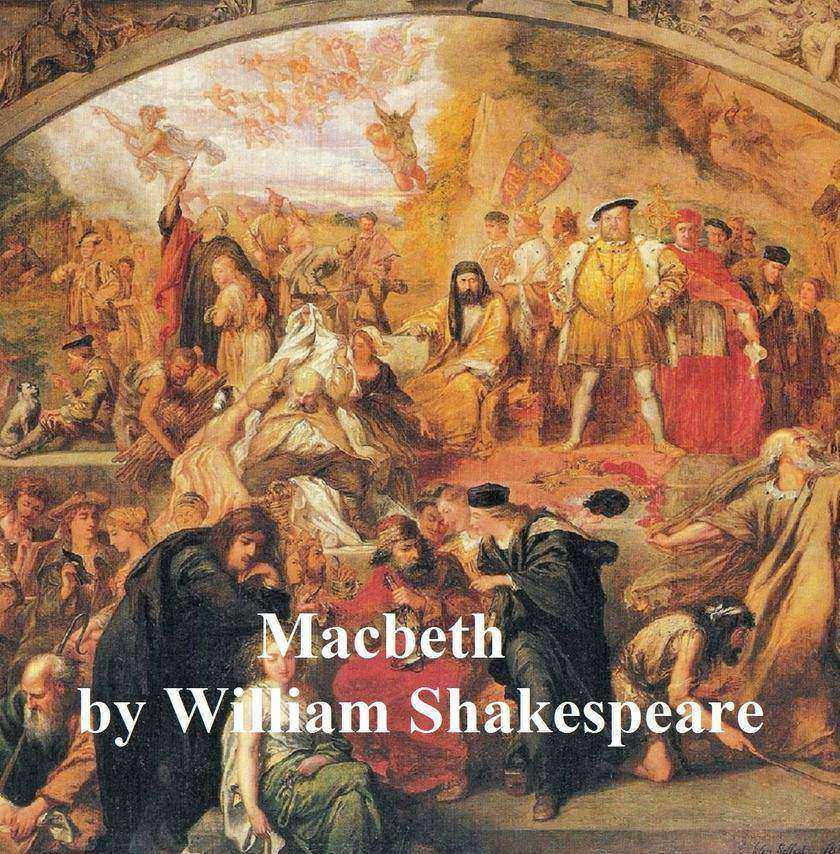
Macbeth, with line numbers
¥8.09
The classic tragedy. According to Wikipedia: "Macbeth is a tragedy by William Shakespeare about a regicide and its aftermath. It is Shakespeare's shortest tragedy, and is believed to have been written some time between 1603 and 1606 with 1607 being the very latest possible date. The earliest account of a performance of what was likely Shakespeare's play is April 1611, when Simon Forman recorded seeing such a play at the Globe Theatre. It was first published in the Folio of 1623, possibly from a prompt book for a specific performance. Shakespeare's principal sources for the tragedy are the accounts of Kings Duff and Duncan in Holinshed's Chronicles (1587), a history of England, Scotland and Ireland familiar to Shakespeare and his contemporaries."
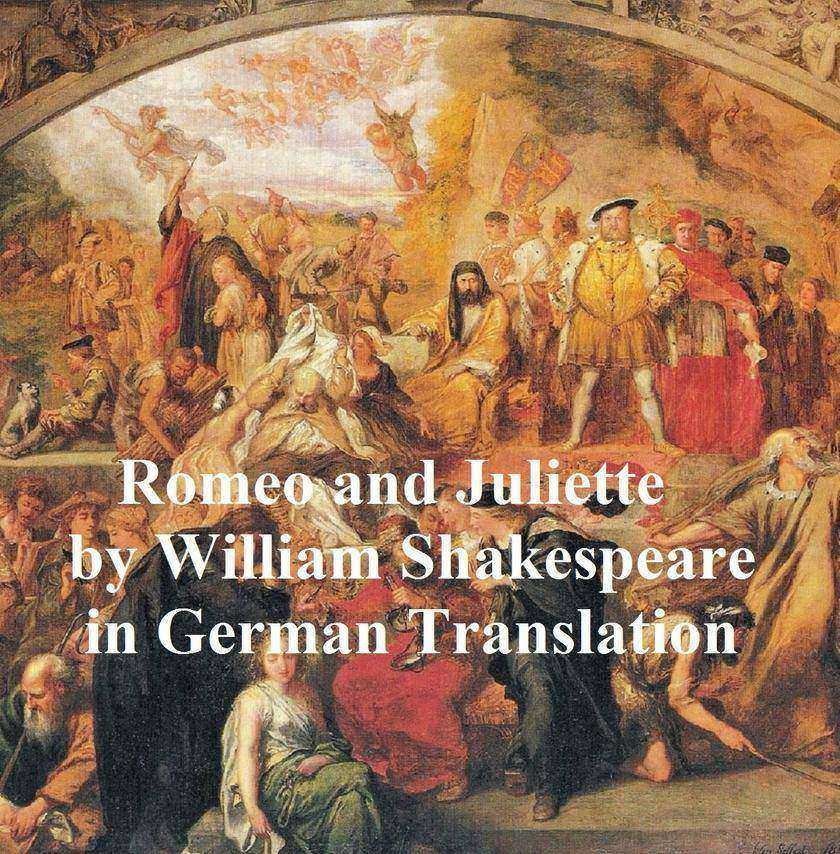
Romeo und Juliette
¥8.09
Die Shakespeare-Trag?die, übersetzt von Christoph Martin Wieland. Wikipedia: "Romeo und Julia ist eine Trag?die, die früh in der Karriere von William Shakespeare über zwei jugendliche" Stern-überkreuzte Liebende "geschrieben wurde, deren pl?tzlicher Tod ihre verfeindeten Familien vereint. Es war zu Shakespeares popul?rsten Stücken zu seinen Lebzeiten mit Hamlet, ist eines seiner am h?ufigsten aufgeführten Stücke. Heute gelten die Titelfiguren als archetypische junge Liebhaber. "

Romeo and Juliet, with line numbers
¥8.09
The classic tragedy. According to Wikipedia: "Romeo and Juliet is a tragedy written early in the career of William Shakespeare about two teenage "star-cross'd lovers" whose untimely deaths ultimately unite their feuding families. It was among Shakespeare's most popular plays during his lifetime and, along with Hamlet, is one of his most frequently performed plays. Today, the title characters are regarded as archetypal young lovers."
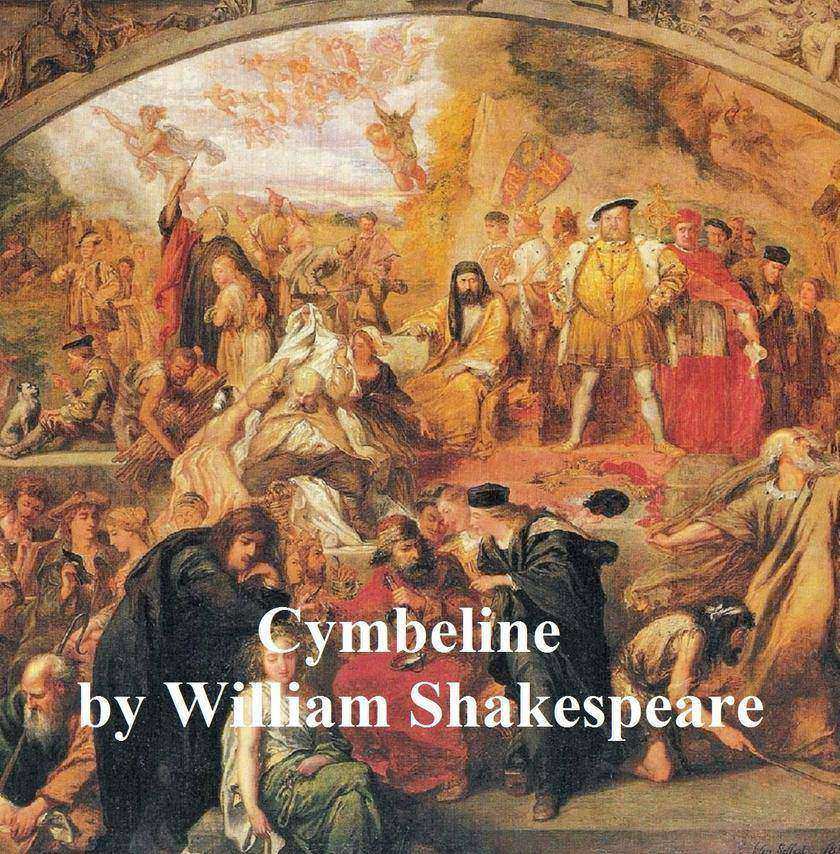
Cymbeline, with line numbers
¥8.09
The classic Shakespearean romance, with line numbers. According to Wikipedia: "Cymbeline is a play by William Shakespeare, based on legends concerning the early Celtic British King Cunobelinus. Although listed as a tragedy in the First Folio, modern critics often classify Cymbeline as a romance. Like Othello, Measure for Measure, and The Winter's Tale, it deals with the themes of innocence and jealousy. While the precise date of composition remains unknown, the play was certainly produced as early as 1611."
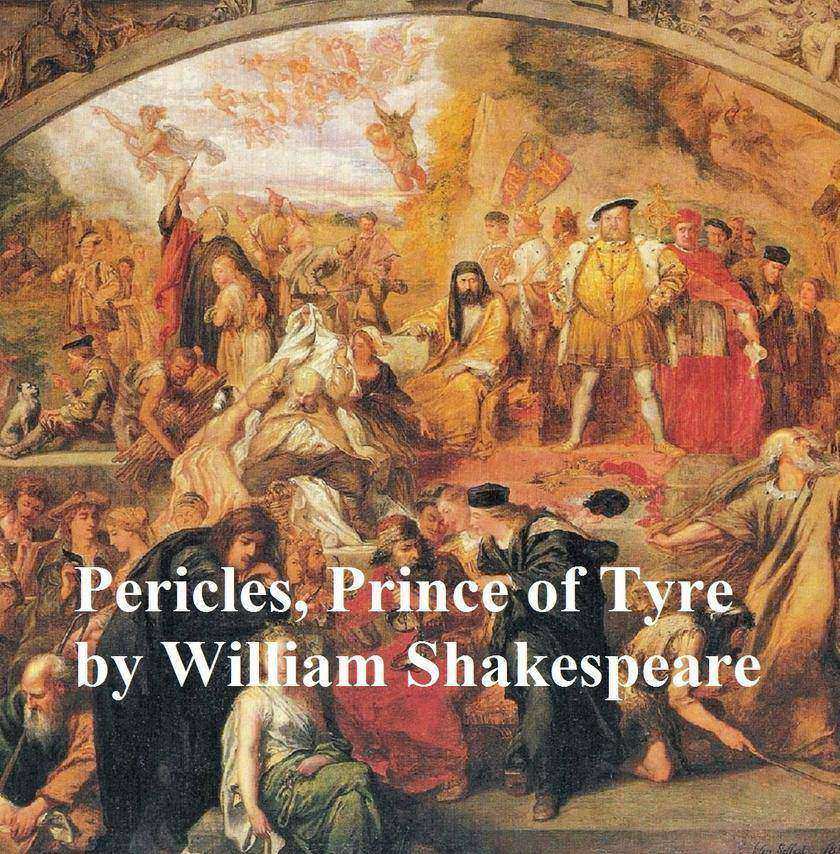
Pericles, Prince of Tyre, with line numbers
¥8.09
The classic Shakespeare play, with line numbers. According to Wikipedia: "Pericles, Prince of Tyre is a Jacobean play written at least in part by William Shakespeare and included in modern editions of his collected works despite questions over its authorship, as it was not included in the First Folio. Modern editors generally agree that Shakespeare is responsible for almost exactly half the play—827 lines—the main portion after scene 9 that follows the story of Pericles and Marina.[1][2][3][4] Modern textual studies indicate that the first two acts of 835 lines detailing the many voyages of Pericles were written by a mediocre collaborator, which strong evidence suggests to have been the victualler, pander, dramatist and pamphleteer George Wilkins.
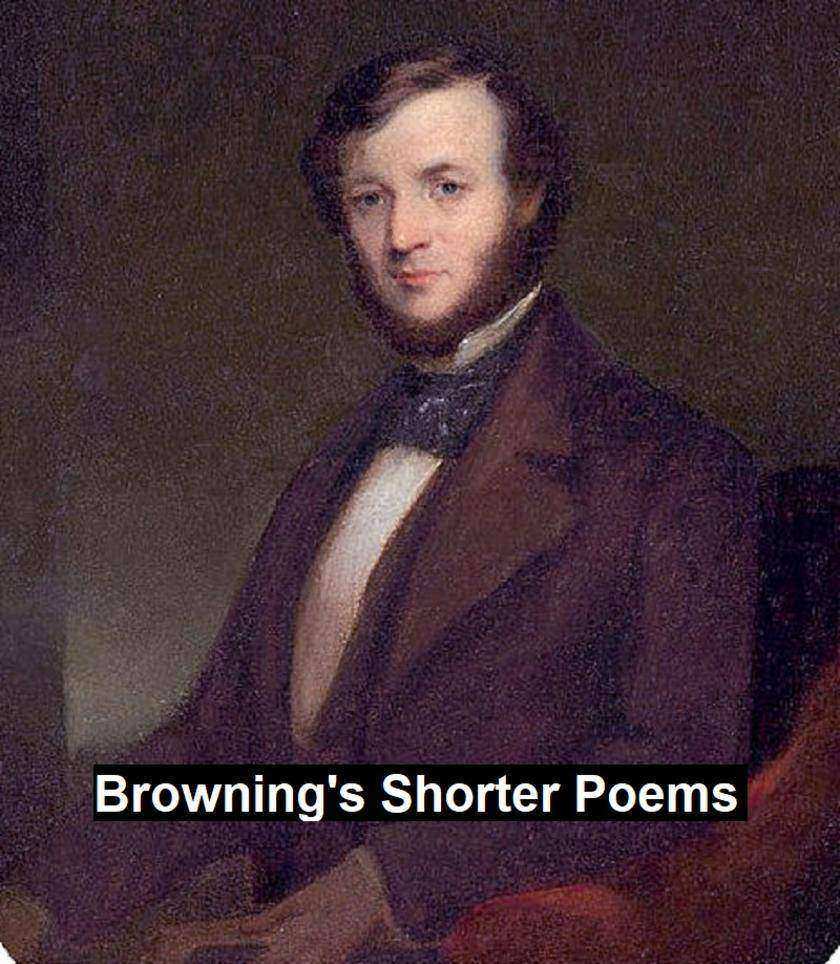
Browning's Shorter Poems
¥8.09
Selected and edited by Franklin Baker. According to Wikipedia: "Robert Browning (1812 – 1889) was an English poet and playwright whose mastery of dramatic verse, especially dramatic monologues, made him one of the foremost Victorian poets."
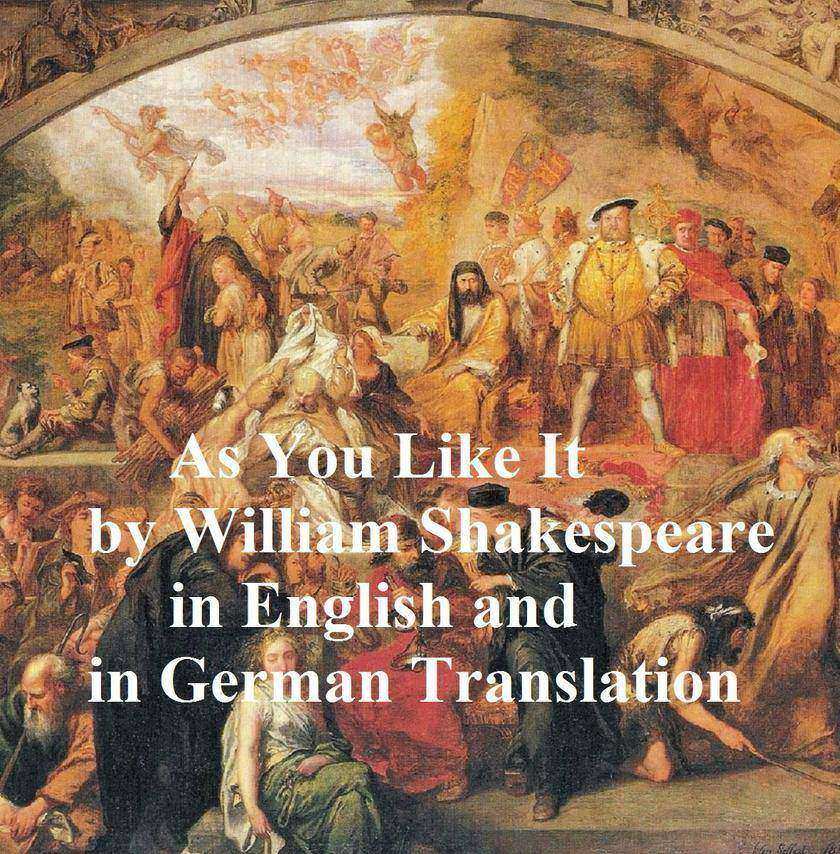
As You Like It/ Wie Es Euch Gefallt: Bilingual edition
¥8.09
Bilingual, English and German. Shakespeare comedy in English with line numbers and translated to German. According to Wikipedia: "As You Like It is a pastoral comedy by William Shakespeare believed to have been written in 1599 or early 1600 and first published in the First Folio, 1623. The play's first performance is uncertain, though a performance at Wilton House in 1603 has been suggested as a possibility. As You Like It follows its heroine Rosalind as she flees persecution in her uncle's court, accompanied by her cousin Celia and Touchstone the court jester, to find safety and eventually love in the Forest of Arden. " Zweisprachig, Englisch und Deutsch. Shakespeare-Kom?die in Englisch mit Zeilennummern und ins Deutsche übersetzt. Laut Wikipedia: "As You Like It" handelt es sich um eine Pastoralkom?die von William Shakespeare, die vermutlich im Jahr 1599 oder Anfang 1600 geschrieben und erstmals im First Folio 1623 ver?ffentlicht wurde. Die erste Aufführung des Stücks ist ungewiss, obwohl eine Aufführung im Wilton House in 1603 wurde als eine M?glichkeit vorgeschlagen, wie Sie es m?gen, folgt seine Heldin Rosalind, wie sie Verfolgung in Hof ihres Onkels flieht, begleitet von ihrer Cousine Celia und Touchstone der Hofnarr, um Sicherheit und schlie?lich Liebe im Wald von Arden zu finden.




 购物车
购物车 个人中心
个人中心



